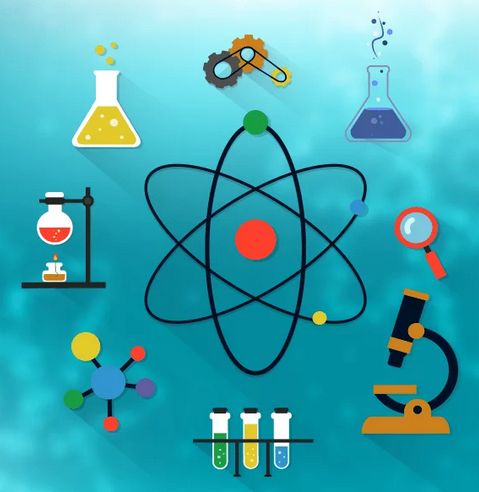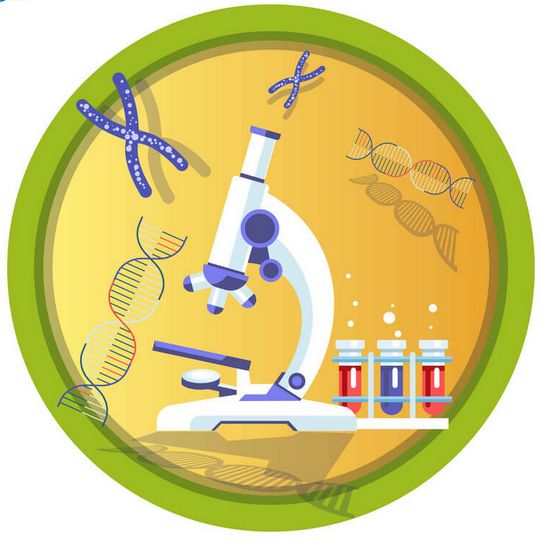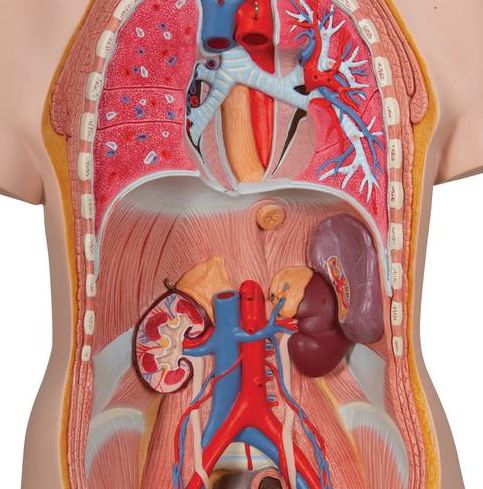قراءة لمدة 1 دقيقة Physician assistant

A physician assistant or physician associate (UK) is a healthcare worker who is not a qualified physician but practices medicine under supervision.
The title used and what exactly they can do is different in different countries.
They started in the USA in the 1960s, but there were similar jobs during World War II.
There are now similar jobs in many countries as there is a general shortage of physicians.
The training for these assistant posts is much shorter.
A physician associate is a health-care provider working in the NHS in England, Scotland, Wales and Northern Ireland.
They provide diagnosis and treatment of medical disorders.
They work under the direct supervision of a named GMC qualified General Practitioner or GMC Registered Consultant.
USA during World War II and the Korean War there was a shortage of doctors.
The US military began training people in more advanced skills.
In 1967 the first class of advanced clinicians from Duke University Physician Assistant program on October 6, 1967 graduated.
When their training was finished they were able to provide medical and some surgical treatments within the USA military.
This included ordering tests and prescribing medicines under the supervision of a qualified doctor.
After a decade or two the role was expanded to civilian practice.
PAs practising in medical clinics, surgical centres and civilian hospitals started in California.
This slowly expanded across the USA including USA overseas humanitarian and military establishments.
PAs in the USA now mostly practice without supervision from a doctor.
In 2003 the NHS in England took an interest in the role in order to help deal with the lack of qualified doctors and surgeons and add to the nurse practitioner role.
In 2003 the first physician assistants began practicing in the NHS:
They were USA qualified.
At first they were called physician assistants like the US.
The UK government was advised that calling them that in the UK would likely lead to a legal inability to practice.
A change to physician associate and placing them under the Royal College of Physicians for legal purposes let them provide medical care.
They had to be supervised by a a doctor or a surgeon.
They are not yet able to order diagnostic tests like x-rays or prescribe medications.
They do most things a junior doctor or nurse practitioner does such as examinations, taking a history and taking blood samples.
They need to obtain signatures for x-ray, MRI lab tests, performing an arterial blood-gas and giving drugs.
Physician associates may get the right to order tests, initiate treatments and prescribe any medicines their supervising doctor can prescribe.
This is something some senior nurses and nurse practitioners can do already.
The supervision that NHS PA's will likely need will probably be in line like that in the USA.
Their supervising doctor does not need to be in the same building but can be available via phone or email.
The key is that the PA must be able to obtain advice and an opinion quickly.
This would mean that for most of the day PAs would work without direct one-on-one supervision.
Acceptance by the general public has so far been quite well received.
Most people dont see the difference between PAs and nurse-practitioners or junior doctors.
Once the role has been explained there have been very few problems.
They are generally easier to see than doctors.
Scope of Practice.
There is no agreed upon scope of practice for Physician Associates in the United Kingdom as of 2024, despite them working in the United Kingdom for over a decade.
The British Medical Association published their recommendations for doctors supervising PAs in early 2024 in an effort to formulate a scope of practice aligned to the education received by PAs.
The six core principles of this guidance were:
The British Medical Association highlighted a number of activities that they felt PAs should not be undertaking.
Criticism.
There is criticism as to the level that Physician Associates work at.
PAs train to the same model that doctors train to.
Nurses train to a caring and nursing model to assist doctors.
After nurses have been graduated for three years they can take a 4 month prescribers course at a university and upon passing it become full independent prescribers of any drug that a doctor can prescribe in the British National Formulary.
3 years and 4 months after graduating nursing school a nurse can legally prescribe any drug for any condition they feel they are fit to treat.
They are legally independent.
A doctor cannot tell them not to prescribe the drug; even if the drug the nurse is prescribing is wrong.
A working PA who has graduated with a 3 or 4 year masters degree and has been trained to write prescriptions from year 1 can not do this.
Whilst there is movement to grant PAs prescribing rights it is seen as moving too slowly.
They would still not be independent prescribers unlike nurses.
There is some concern that whilst the physician associate profession has been modelled directly from the USA model it is growing much slower than in the US.
Although some have stated this might be due to the public not trusting the profession it seems that it is actually the medical and nursing professions who are acting as obstacles and the public have accepted the role as merely part of a modern NHS.
In the USA in many states PAs now practice without needed to be supervised by a doctor at all and are coequal with doctors, nurse practitioners and physician assistants as the triad of clinical care paid for by Medicare.













































